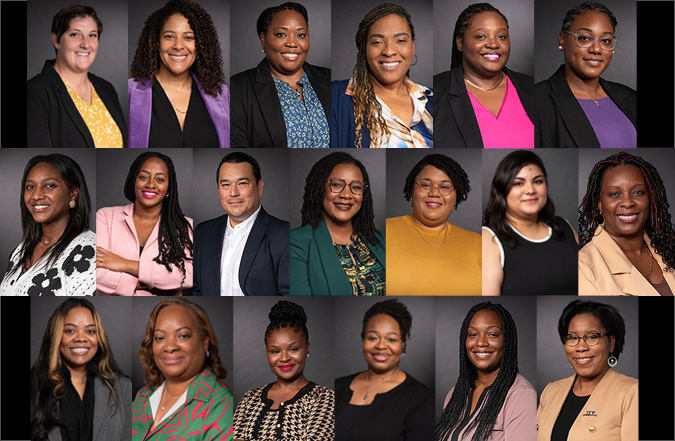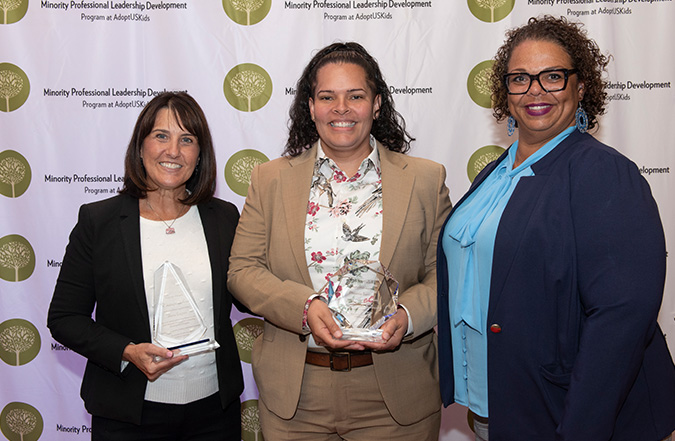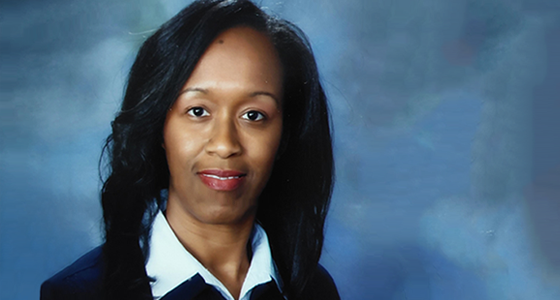Empowering professionals: Leveraging AdoptUSKids services for impact
Join us for a free webinar to explore AdoptUSKids’ tools, resources, and support. This session aims to help child welfare professionals meet the needs of youth experiencing foster care.




